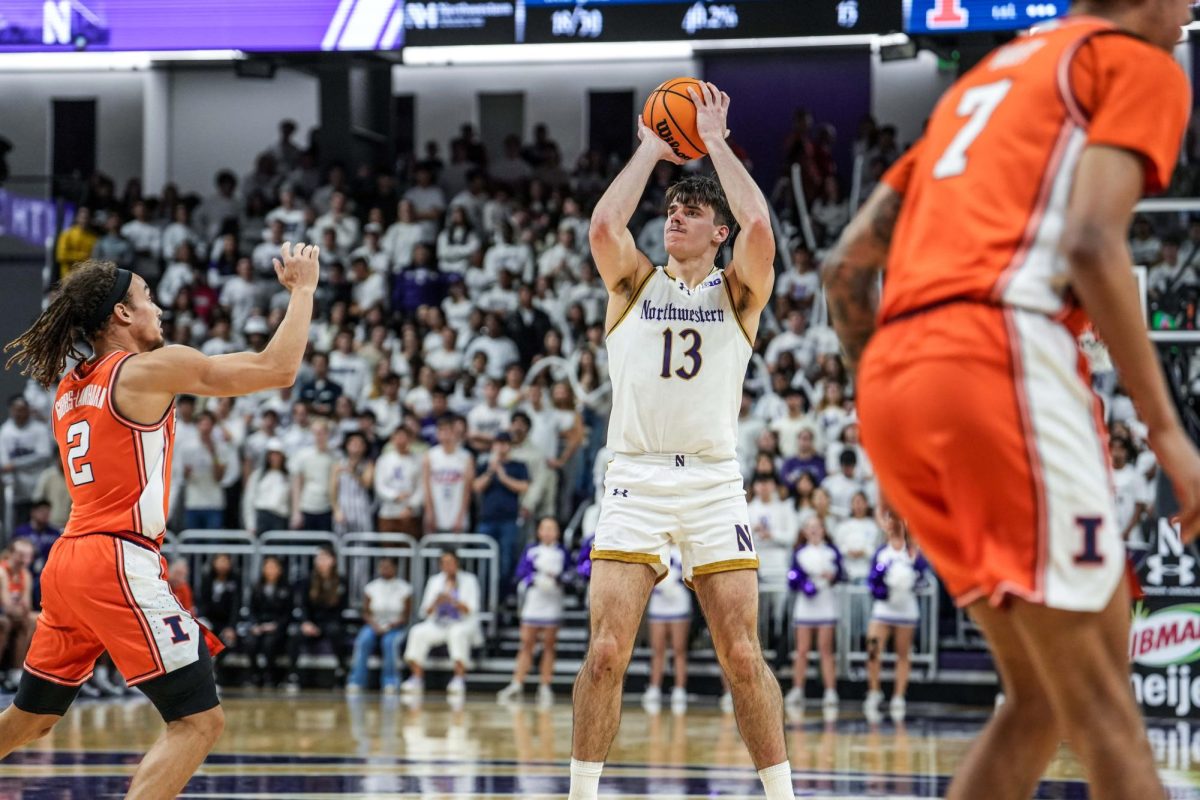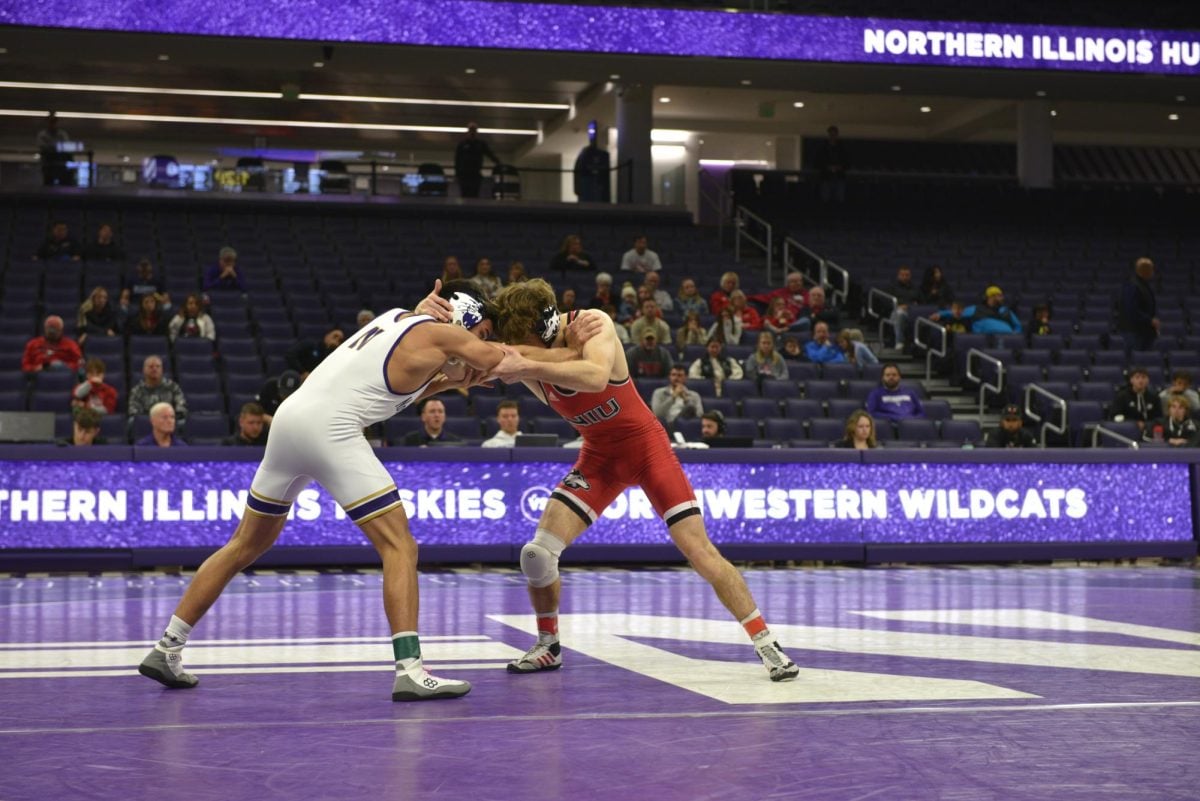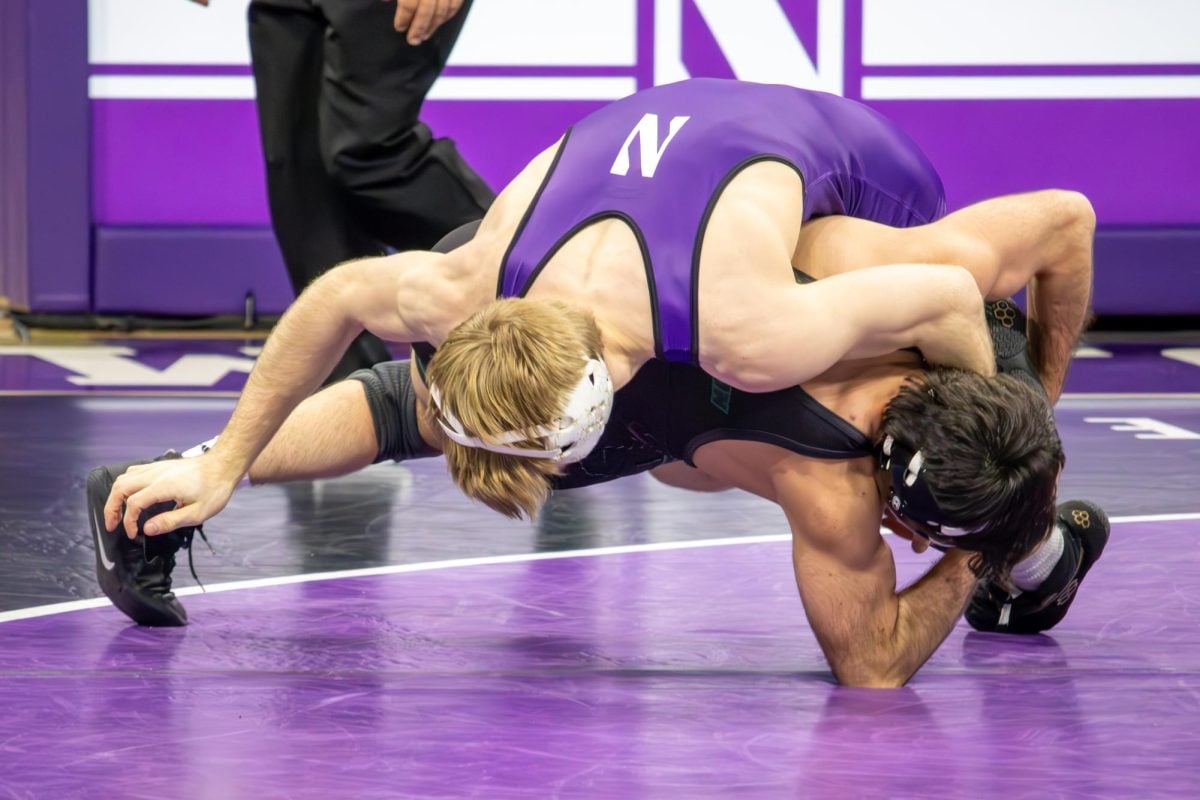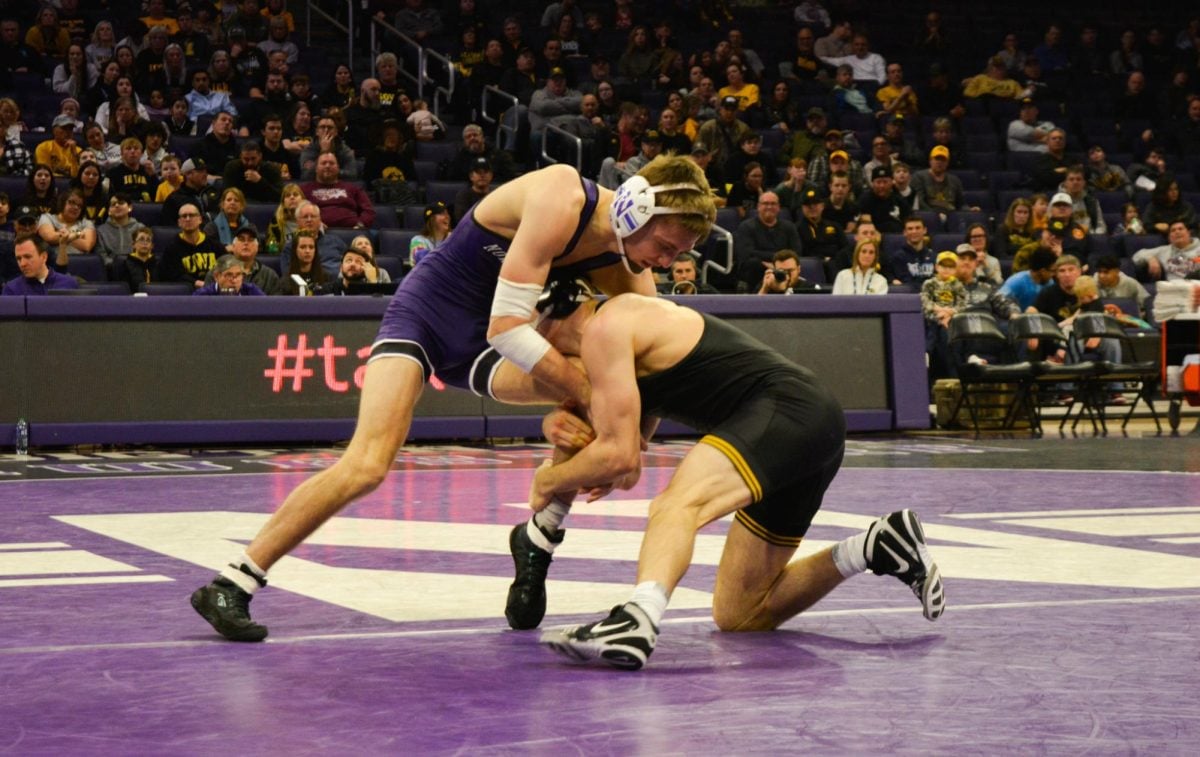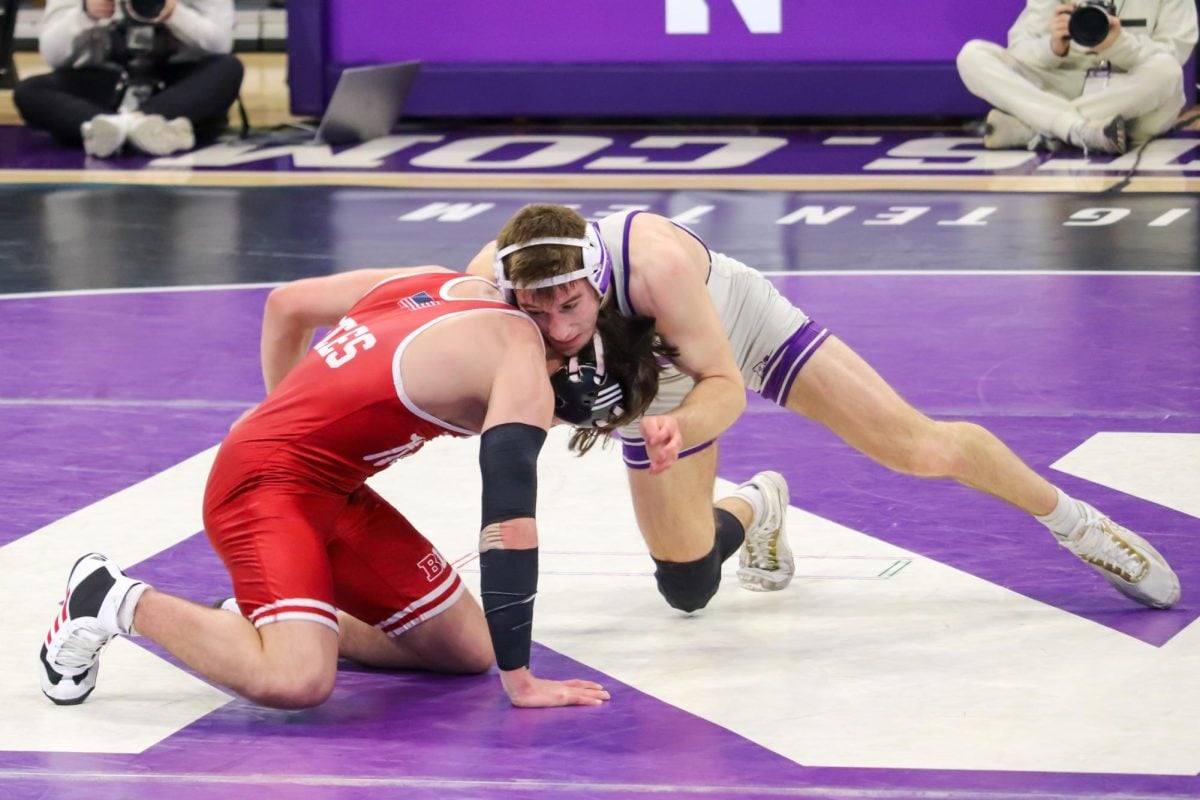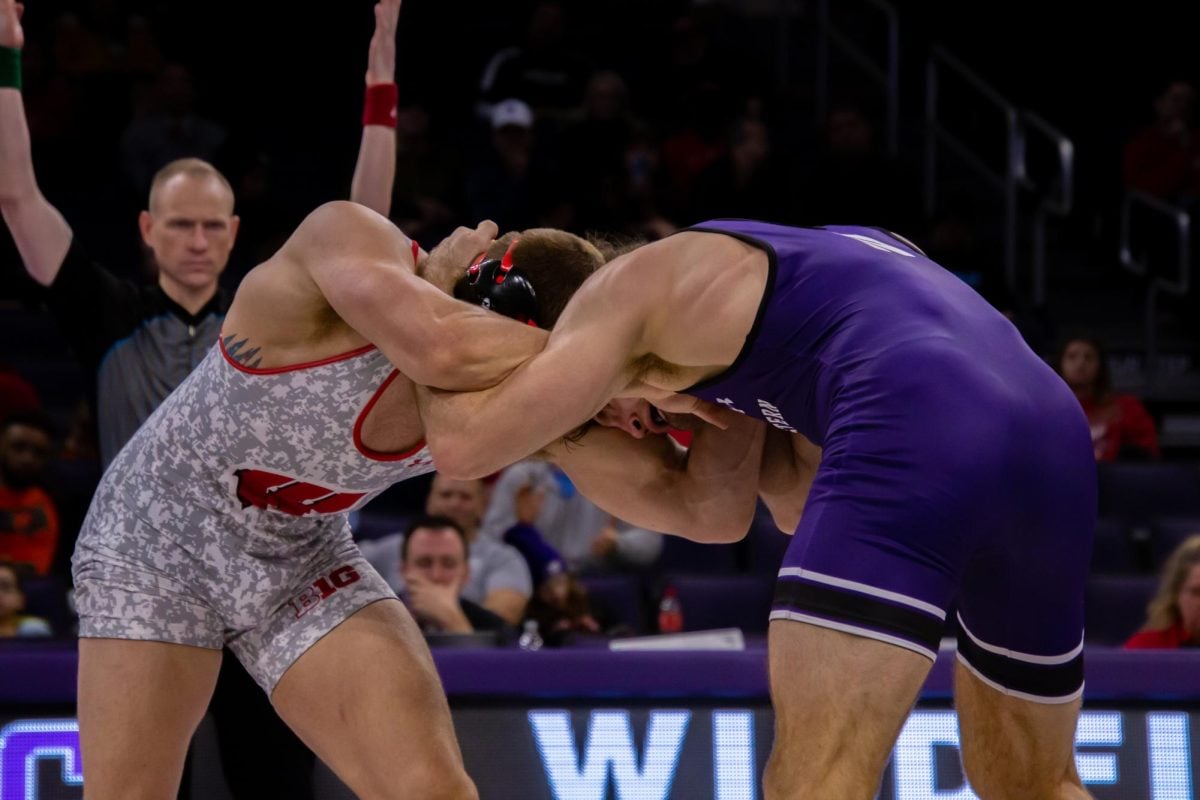Thirteen years before Drew Pariano took over the reins of the Northwestern wrestling program, a six-week span in 1997 changed the culture of the college sport forever.
Pariano was a sophomore wrestler at NU when University of Michigan wrestler Jeff Reese died while working out in a wrestling room on Dec. 9, 1997. It marked the third death of a college wrestler while completing weight-loss workouts in six weeks, according to The New York Times. Naturally, controversy ensued.
The brutal and at times bizarre methods of weight loss in wrestling came under intense scrutiny. And the NCAA responded. The use of plastic and rubber suits and saunas – common weight cutting mechanisms – were banned, and the weight class demands made more flexible.
Pariano experienced the changes the NCAA levied in the middle of the 1997-98 season firsthand.
“It was extremely hard,” Pariano said. “I was one of the guinea pigs way back when. It was a drastic change the NCAA made.”
Two of the wrestlers who died were wearing rubber suits, which helps wrestlers sweat out crucial water weight.
In addition, the NCAA added seven pounds to each weight group in hopes of making it easier for wrestlers to safely make weight.
The changes implemented in 1997 are still in effect at the NCAA level, but that doesn’t mean rapid weight loss isn’t still a part of the wrestling culture - even at NU. In “The Current,” a weekly supplement of The Daily Northwestern, NU wrestler Aaron Jones openly discussed his weight loss leading up to the team’s trip meets against Michigan and Michigan State. On Jan. 19, Jones wrote he weighed in at 200 pounds and needed to lose enough weight to wrestle at the 184-pound division by the Saturday of that same week.
Jones said that he used the team’s exercise bike to try and lose weight the night before his match against Michigan.
“Back in the hotel room I rode the bike like a crazy person for about an hour before managing to sweat out the last couple pounds,” Jones said.
Jones made the weight cut off but closed his diary entry with a less than optimistic sentiment.
“Back in Evanston, current weight is 196,” Jones said. “Four days until I have to weight 184 again. Yay.”
Since the 1997 incidents the NCAA has also established standards to try and curb the dangers of rapid weight loss. The NCAA regulates how much weight a wrestler can lose in a week and at what divisions they can wrestle. That process, called weight certification, subjects the wrestlers to a battery of tests, the results of which are entered into a computerized formula to determine the wrestler’s weight division.
The system, designed to make losing weight safer for the wrestlers, now puts more pressure on wrestlers to keep their weight down in the offseason. No longer could wrestlers wait until they got on campus to start their workout plans.
“These formulas are available so the NCAA allows you to check where you’re going to be certified at,” said NU athletic trainer Robbie Byrd, who works with the team. “(The coaches) actually send out e-mails to the team all year long telling them to really pay attention to their weight and maintain it.”
The NCAA also revamped weigh-in times. Rather than weighing in five hours before their matches, the wrestlers were forced to weigh in the night before. In 1997, the regulations changed again when wrestlers were required to weigh in an hour before duals and two hours prior to the start of play at open tournaments.
While some support the idea, Pariano said he has a very different view, especially when it comes to open tournaments.
“There are some early mornings there at the open tournaments to start the year,” Pariano said. “You’re waking up at 5 a.m so that your guys can weigh in at 6 (a.m.), and wrestling starts at 8 (a.m.). That’s an early day, whereas you can weigh in the night before at nine o’clock at night, sleep and then just show up and get yourself ready to compete.”
Pariano said the key to losing weight is, ironically, eating. Redshirt sophomore Jason Welch said he agreed, but it’s more about the quality of the food rather than the quantity.
“It wasn’t harder to find the right foods to eat (in the dorms),” Welch said. “Rather it was hard enough not to eat the wrong foods in the dorms. There is a ton of terrible foods in the dorms.”
Sometimes, though, it wasn’t just about a wrestler’s diet. Creatine is a supplement that allows athletes to recover more quickly from matches but, if taken without enough water, can also overheat the body and cause cramping. Although the supplements were not the primary cause of death in any of the three deaths in 1997, the use of creatine-like substances still came under scrutiny.
Pariano said he was too afraid to take any supplements because he was concerned about the effects on his body weight.
Welch said vitamins are the only ‘supplement’ he takes.
NU assistant athletic director Jack Griffin, who won the 1990 NCAA championship at 118 pounds for NU in 1990 and served as an assistant coach to the team, said he believes supplements were likely the cause of two of the deaths that spurred the NCAA’s more stringent weight-loss policies in 1997.
“It’s my unprofessional belief that we had the two deaths because of supplements,” Griffin said. “All of a sudden creatine was on the scene and all these other supplements. Creatine was the magic pill that everyone was taking.”‘
In May of 1998 the FDA ruled out Creatine as a cause of death in case of Reese and another of the three deaths during the six-week span. The FDA did not, however, rule out ephedrine as a cause.
Pariano said coaches are important to helping wrestlers maintain and lose weight in a healthy manner.
Coaches play a unique role in helping the wrestlers manage their weight. The pressure falls on the coach to ensure wrestlers meet weight in order to compete, but the coach must also adhere to stricter NCAA guidelines as to how they help manage their wrestlers.
Pariano said his top priority is the safety of the athletes and making sure they follow the NCAA guidelines for cutting weight.
“It’s always the safety of the athlete, number one,” Pariano said. “It’s just monitoring their intake. That’s my role as a coach to make sure the guys are doing it the right way.”
